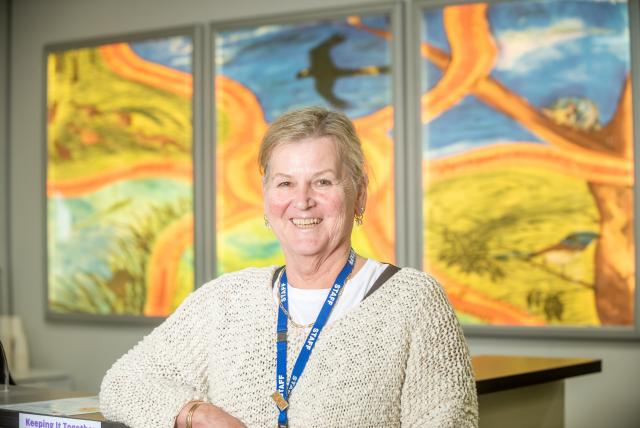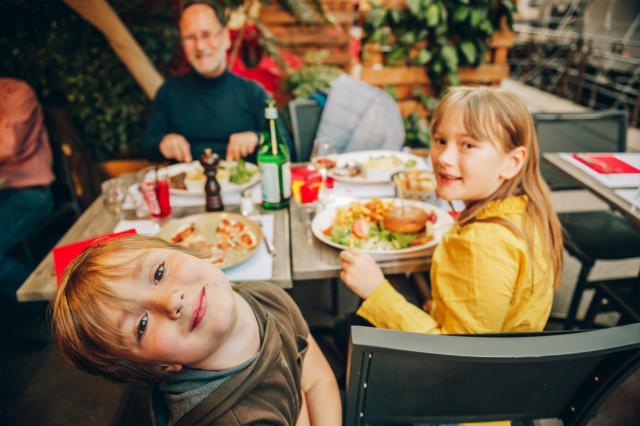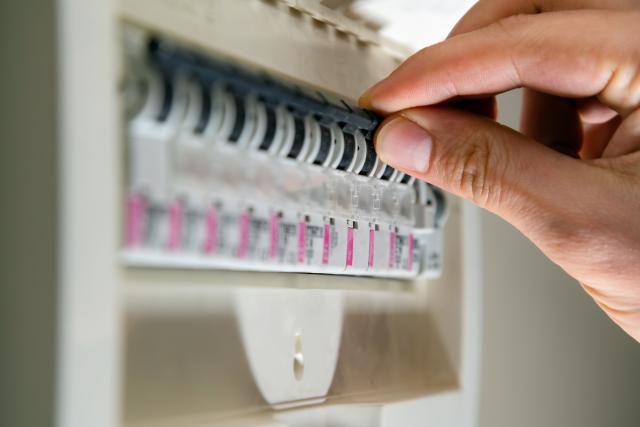A recent report by the Council to Homeless Persons detailed that a lack of housing and resources leaves 20 per cent of victim-survivors without crisis accommodation.
This data comes as the Southeast Homelessness and Housing Alliance looks to officially launch on Thursday, 31 July, a collaborative effort that has a focus across Casey Cardinia and Greater Dandenong.
The CHP report stated that years of underinvestment in social housing, coupled with the lack of resources in Victoria, are ‘fuelling’ a crisis in emergency accommodation for women and children leaving violence.
Deborah Di Natale, ceo of the CHP, said, “imagine leaving violence with your children, knocking on two different doors, and still sleeping in your car that night”.
A report called Bridging the Gap between Homelessness and Family Violence Services, which was released on 15 July, found that the 20 per cent figure of women and children was being “ping-ponged” between family-violence and homelessness services, only to end up with no crisis bed at all.
Executive manager of the Casey North Community Information and Support Services, Helen Small, said that a similar situation can be observed in Casey.
“Homelessness looks very different in Casey, and it’s because of the lack of crisis accommodation, the lack of available and affordable rentals,” she said.
“The Southeast Homelessness and Housing Alliance was formed because (homelessness) is different here.
“We just don’t have the services that they have in many of the other suburbs, and neither does country Victoria.”
This argument and data are not necessarily new; however, Small made the same argument in an interview with Star News in October 2024.
She said then that in 2024, for the Casey North CISS, there was a “huge increase in people coming to our service who are sleeping rough”.
While they were mainly men, she added that the organisation has seen a big increase in women, some of whom were “sleeping rough with their kids”.
“A lot of them are in overcrowded situations like having three families in a three-bedroom home,” she said.
Going back to the recent report by the CHP, key findings include statistics where one in five victim-survivors receives two referrals, but no accommodations, and that overloaded staff and rigid eligibility rules exacerbate the problem.
Di Natale added by saying that “a lack of social housing driven by years of underinvestment is creating a ‘bottleneck’ in crisis accommodation, and for far too many women, that can be a matter of life and death”.
In response to this, the CHP’s key recommendations, which Small said is something that the CISS actively supports, include a state commitment to an annual pipeline of around 8000 social homes each year, for 10 years.
Furthermore, the CHP wants to boost funding to Specialist Homelessness services and Family Violence services for additional frontline staff, as well as doubling the capacity of family violence refuges in Victoria to reduce the reliance on hotels.
Domestic and family violence was found to be the single biggest driver of homelessness in Victoria, with the report citing data showing more than half of all women, young people, and children who visited a specialist homelessness service reported they were also experiencing family violence in 2022 to 2023.
“A woman is killed every three weeks in a domestic and family violence-related incident in Victoria,” Di Natale said.
“Women and children are disproportionately affected by homelessness brought on by this kind of threat to their physical and psychological safety.
“We must improve our systems to protect them.”
Throughout Victoria, the CHP reported 102,000 people who sought assistance from homeless services in 2023/2024, which is up four per cent from the previous year.
In this figure, up to 60,000 of them, or 58 per cent, were women; 13,000 of them were working Victorians.
The Southeast Homelessness and Housing Alliance Launch will be held during Homelessness Week and will also feature a panel with a range of speakers.







